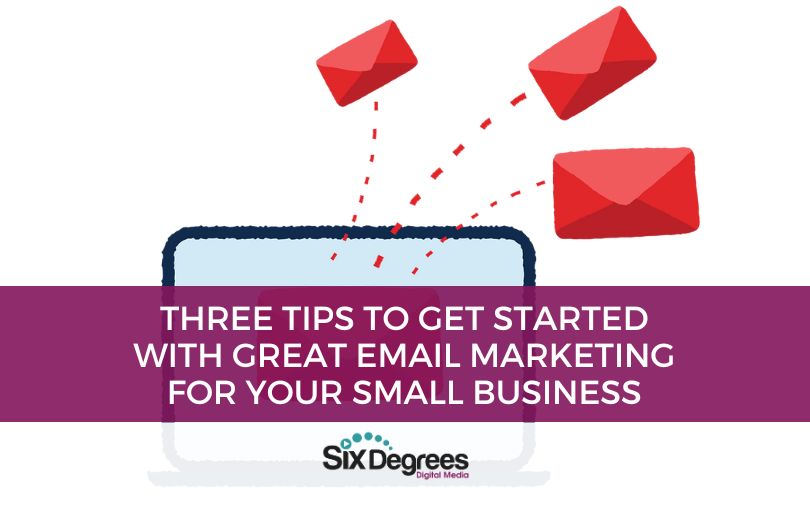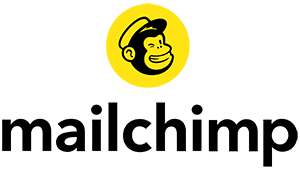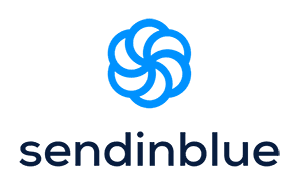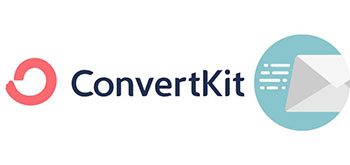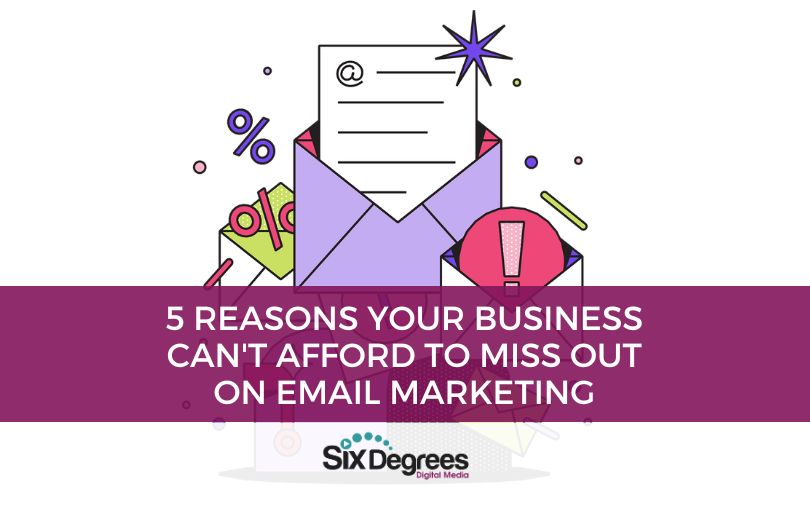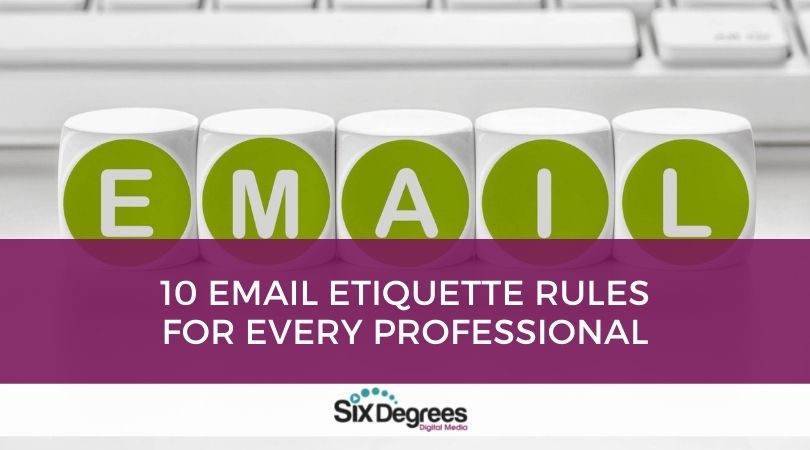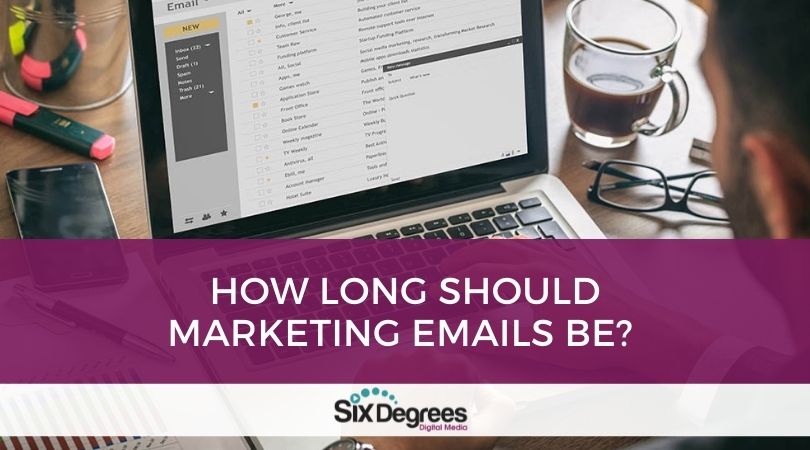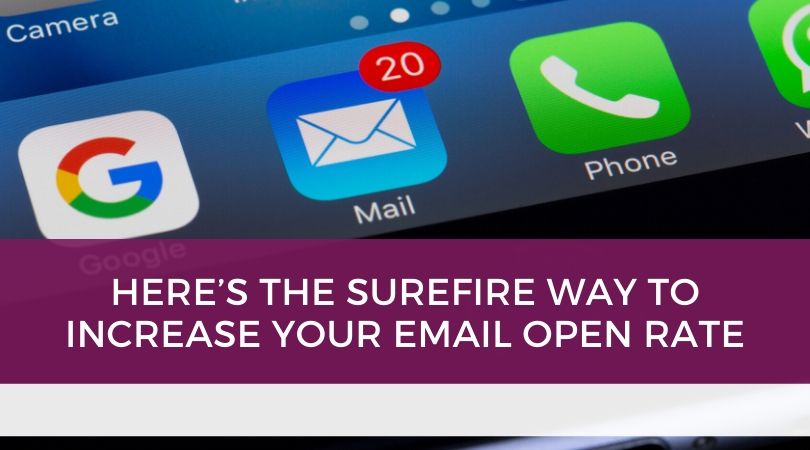From building customer relationships to boosting sales and increasing brand visibility, email marketing is a versatile tool that can propel your business forward. But to harness its full potential, you need to navigate the landscape wisely.
If you’re looking to get started with email marketing, we’ve got the beginner’s guide to help you build a strong foundation for success.
Tip 1: Choose the Right Email Marketing Platform
Alright, let’s get down to business. If you’re going to start building your email list and engaging with your customers through email marketing, you’ll need the right tools for the job.
Now, you might be wondering, “Why do I need an email marketing platform? Can’t I just send emails from my regular email account?” Well, you could, but here’s the thing: Email marketing platforms are specifically designed to make your life easier and your email campaigns more effective.
Here’s what you need to consider when choosing the right platform:
- Features and Functionality: Different platforms offer different features. Think about what you need. Do you want to send newsletters, automate email sequences, or create eye-catching templates? Make a checklist of the features that matter most to your business.
- Ease of Use: You’re a busy business owner, and you don’t have time to navigate a confusing interface. Look for an email marketing platform that’s user-friendly and intuitive. You want to spend your time crafting engaging emails, not figuring out how to use the software.
- Pricing: Budget matters, right? Compare the pricing plans of different platforms. Some offer free plans with limited features, while others have tiered pricing based on the size of your email list or the number of emails you send. Find a plan that suits your budget and needs.
- Integration: Your email marketing platform should play well with other tools you use, like your website, CRM (Customer Relationship Management) system, or e-commerce platform. Integration can save you time and streamline your marketing efforts.
- Deliverability: This is crucial. You want your emails to land in your subscribers’ inboxes, not get lost in spam folders. Check the platform’s track record for email deliverability.
Here’s a brief overview of some popular email marketing platforms and what they’re best for:
1. MailChimp: Best for Small Businesses and Beginners
- MailChimp is known for its user-friendly interface, making it a great choice for beginners.
- Ideal for small businesses looking to create engaging newsletters and automated email sequences.
- Offers a free plan for those just starting out.
2. Constant Contact: Best for E-commerce and Event Promotion
- Constant Contact excels in helping businesses sell products online and promote events.
- It provides e-commerce integrations and event management tools.
- Offers a wide range of customizable templates.
3. SendinBlue: Best for Automation and Transactional Emails
- SendinBlue is a robust platform for businesses that heavily rely on automation.
- It’s great for sending transactional emails, such as order confirmations and shipping notifications.
- Offers SMS marketing in addition to email.
4. HubSpot: Best for Inbound Marketing and CRM Integration
- HubSpot is an all-in-one marketing platform with strong CRM integration.
- Ideal for businesses focusing on inbound marketing strategies and lead nurturing.
- Provides powerful analytics and a suite of marketing tools.
5. ConvertKit: Best for Content Creators and Bloggers
- ConvertKit is tailored for bloggers, content creators, and online entrepreneurs.
- It offers features like customizable opt-in forms and segmenting subscribers.
- Great for building relationships with your audience through content.
Remember:
The best platform for your business depends on your specific needs and goals. Take your time to research and choose the one that aligns with your business objectives
By selecting the right email marketing platform, you’re setting yourself up for success from the get-go. It’s like having a trusty partner in your corner as you embark on your email marketing journey. So, go ahead, pick your digital sidekick, and let’s start building that email list!
Tip 2: Create an Engaging Signup Form
Alright, you’ve selected your email marketing platform, and you’re ready to dive into the world of email marketing. But before you can start sending those captivating emails to your audience, you need to build your email list.
Your signup form is the gateway to your email list, and it’s crucial to make it as appealing and user-friendly as possible. After all, you want visitors to your website or social media profiles to willingly share their email addresses with you. Here’s how to do it:
- Keep it Simple: The best signup forms are clean and straightforward. Ask for the essentials – a name and email address. The more fields you add, the less likely people are to complete the form. Keep it short and sweet.
- Offer Incentives: Encourage sign-ups by offering something valuable in return. It could be a discount, a free e-book, exclusive access to content, or a newsletter filled with useful tips. Make it clear what subscribers will gain from joining your list.
- Design Matters: Make your form visually appealing. Use eye-catching colors, fonts, and images that align with your brand. Ensure that it’s mobile-responsive, as many users access websites from their smartphones.
- Placement is Key: Put your signup form where people can easily find it. Consider placing it prominently on your website’s homepage, in the header or footer, or as a pop-up. On social media, use call-to-action buttons to direct users to your signup page.
- Optimize Messaging: Craft compelling copy that explains why visitors should subscribe. Use persuasive language that highlights the benefits of joining your list. For example, “Stay informed about our latest products and exclusive offers.”
- Privacy Assurance: Address privacy concerns by assuring subscribers that their information will be kept secure and won’t be shared with third parties. A privacy policy link can go a long way in building trust.
- Test and Refine: Don’t set it and forget it. Regularly test different form designs, copy, and placements to see what works best. Email marketing platforms often provide A/B testing features to help you optimize your forms.
- Thank You Page: After someone subscribes, redirect them to a thank-you page. This page can confirm their subscription and provide additional information or offers to keep them engaged.
Remember, your signup form is your first point of contact with potential customers. Make it a positive experience, and you’ll start building a list of engaged subscribers who are genuinely interested in what you have to offer. So, go ahead and design that enticing signup form, and let’s start growing your email list!
Tip 3: Develop a Content Calendar
Congratulations on creating an engaging signup form and building your email list! Now, let’s dive into the next crucial step of your email marketing journey.
A content calendar is your roadmap for what and when to send to your subscribers. It’s a powerful tool that keeps you organized, consistent, and ensures your email content aligns with your business goals. Here’s how to get started:
- Set Goals and Objectives: Begin by defining your email marketing goals. Are you looking to increase sales, promote new products, or simply nurture customer relationships? Your content calendar should reflect these objectives.
- Understand Your Audience: Your subscribers have different preferences and needs. Segment your list based on demographics, purchase history, or engagement levels. Tailor your content to each segment’s interests.
- Frequency Matters: Decide how often you’ll send emails. A consistent schedule builds anticipation. Whether it’s weekly, bi-weekly, or monthly, stick to it so subscribers know when to expect your emails.
- Content Themes: Plan out content themes that align with your business and resonate with your audience. For example, a fashion retailer might have themes like “Seasonal Trends,” “Style Tips,” and “Customer Spotlights.”
- Promotions and Special Events: Incorporate promotions, sales, or events into your calendar. This ensures you’re ready to launch campaigns at the right time and capitalize on key opportunities.
- Create Engaging Content: For each email, craft engaging content that speaks to your subscribers’ needs and interests. Include compelling subject lines, personalized greetings, and a clear call to action.
- Visual Elements: Don’t forget the visuals. High-quality images and graphics can significantly enhance the appeal of your emails. Ensure they align with your brand’s aesthetics.
- Test and Iterate: As you send emails, track their performance. Pay attention to open rates, click-through rates, and conversion rates. Use this data to refine your content calendar over time.
- Plan Ahead: Aim to plan your content at least a few months in advance. This allows you to align with seasonal trends, holidays, and industry events.
- Automation: If your email marketing platform supports it, use automation to schedule emails in advance. This saves time and ensures your emails go out at the right times, even if you’re busy with other aspects of your business.
- Consistency is Key: Stick to your content calendar religiously. Consistency builds trust with your subscribers, and they’ll come to expect and look forward to your emails.
Remember:
Your content calendar should be flexible enough to adapt to unexpected opportunities or changes in your business landscape. The goal is to keep your subscribers engaged and informed, while also meeting your business objectives.
So, roll up your sleeves, get creative, and start planning your email content. A well-structured content calendar is your secret weapon for successful email marketing campaigns.
Email marketing can drive your growth, expand your reach, and deepen your customer connections. Through careful planning and execution, you can turn your emails into revenue-generating tools and create a loyal customer base that champions your brand.
If you’re ready to unlock the full potential of email marketing and propel your small business to new heights, take the next step. Schedule a free strategy session with Six Degrees Digital Media today and let us help you craft a customized roadmap for your email marketing success. Your business deserves nothing less than to shine brightly in the inbox of your customers, and together, we can make it happen. Don’t miss this opportunity; your email marketing transformation begins now.

